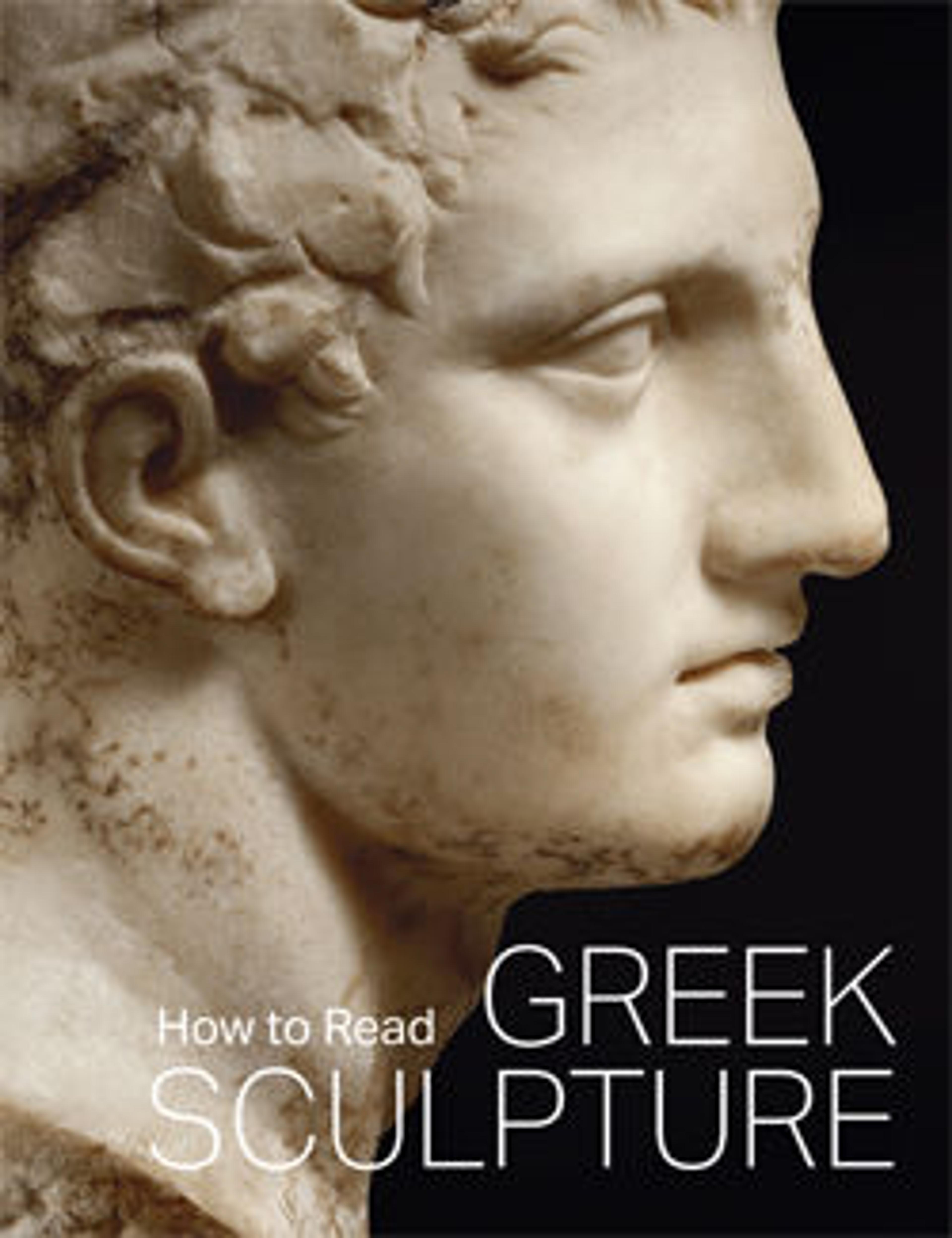Bronze statuette of a youth dancing
This beautiful bronze captures a moment when the full achievement of Classical art began to be used for the representation of a single, transitory state. The youth is nude except for a crown of myrtle, an attribute of followers of the god Dionysos. His pose no longer dictates one primary view, for his torso and legs assume a true contrapposto, and his downward glance reinforced by the direction of the arms makes a rather tight spiral of the whole composition. There is a perfect congruence among all parts of the figure, but the shifts in direction evident from every angle maintain an effect of instability and impermanence.
Artwork Details
- Title:Bronze statuette of a youth dancing
- Period:Hellenistic
- Date:late 4th century BCE
- Culture:Greek
- Medium:Bronze
- Dimensions:7 7/8 × 3 7/16 × 2 3/16 in., 2.5 lb. (20 × 8.7 × 5.6 cm, 1133.993g)
- Classification:Bronzes
- Credit Line:Bequest of Walter C. Baker, 1971
- Object Number:1972.118.94
- Curatorial Department: Greek and Roman Art
More Artwork
Research Resources
The Met provides unparalleled resources for research and welcomes an international community of students and scholars. The Met's Open Access API is where creators and researchers can connect to the The Met collection. Open Access data and public domain images are available for unrestricted commercial and noncommercial use without permission or fee.
To request images under copyright and other restrictions, please use this Image Request form.
Feedback
We continue to research and examine historical and cultural context for objects in The Met collection. If you have comments or questions about this object record, please contact us using the form below. The Museum looks forward to receiving your comments.
